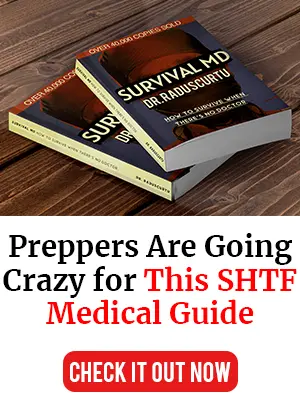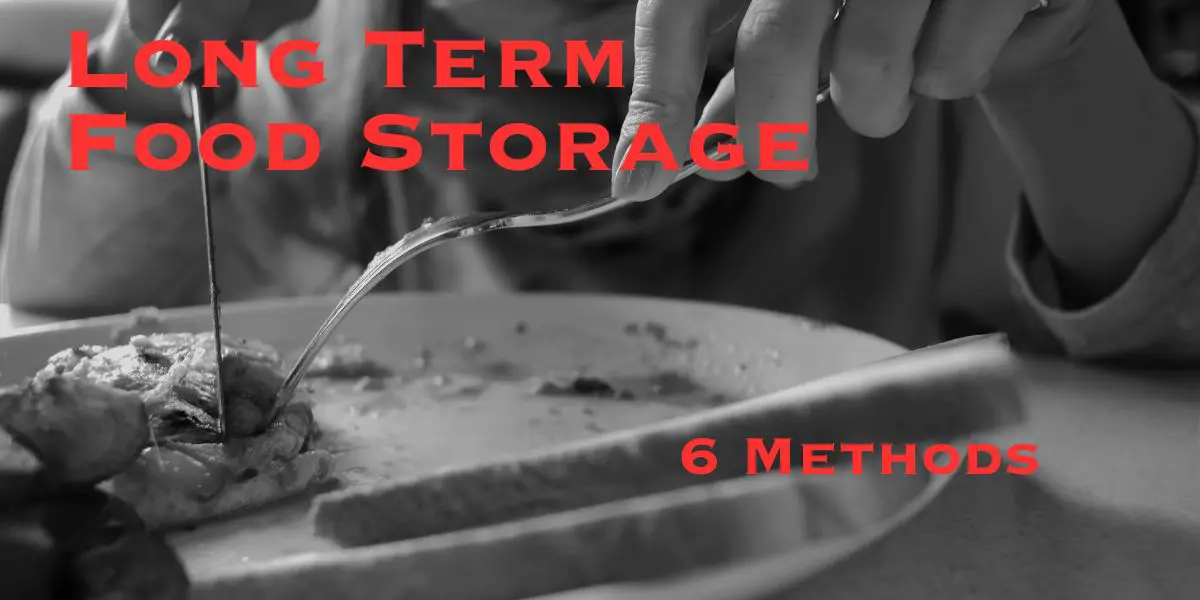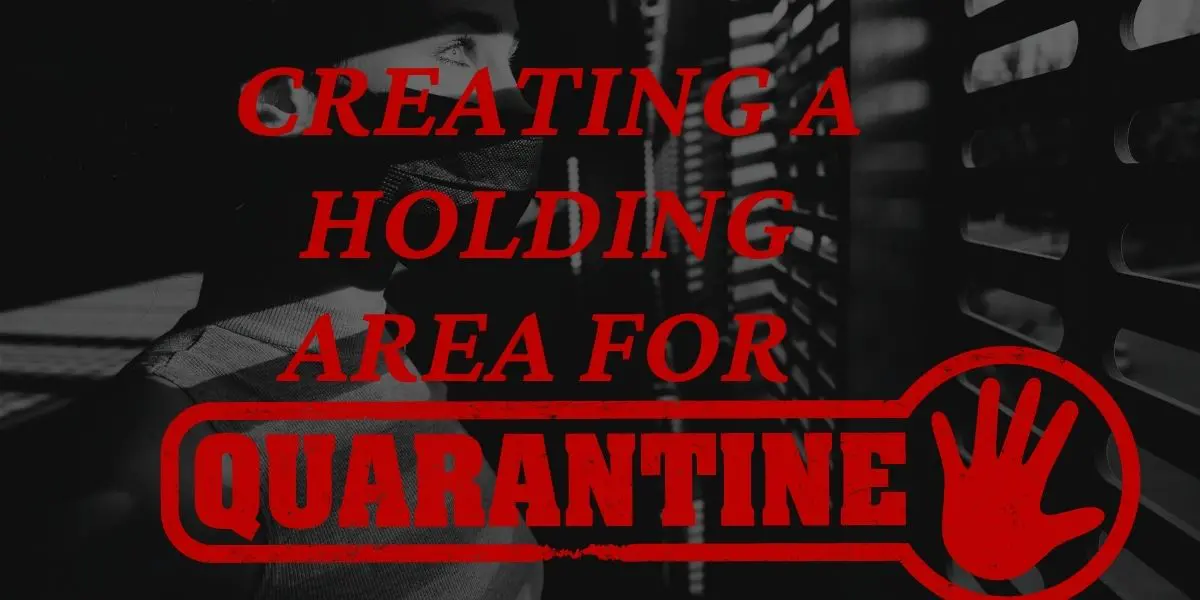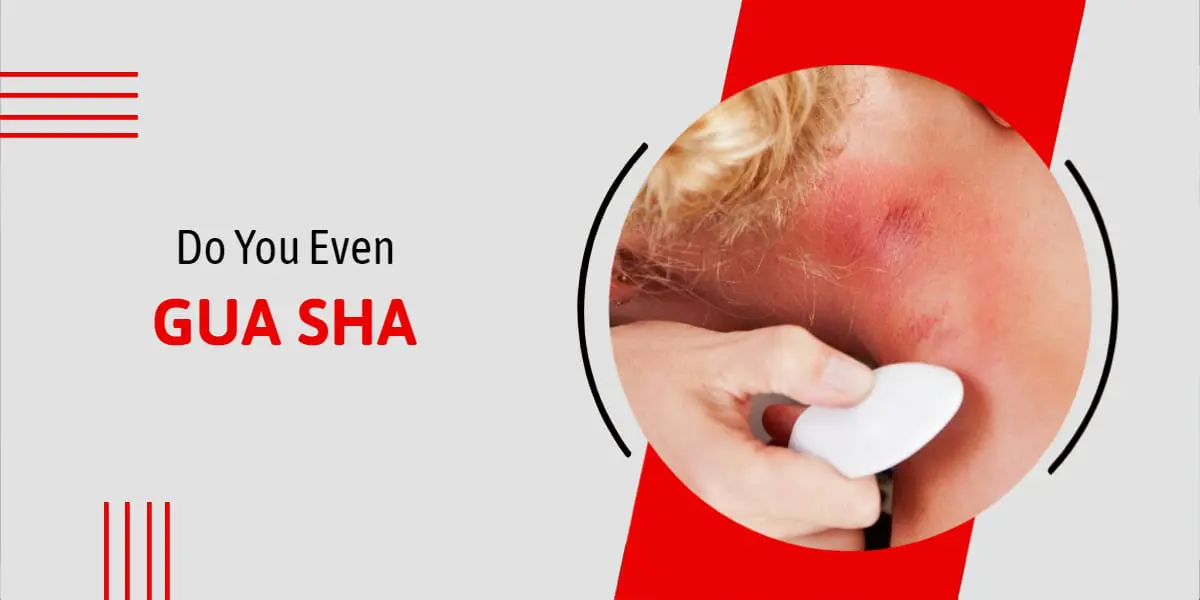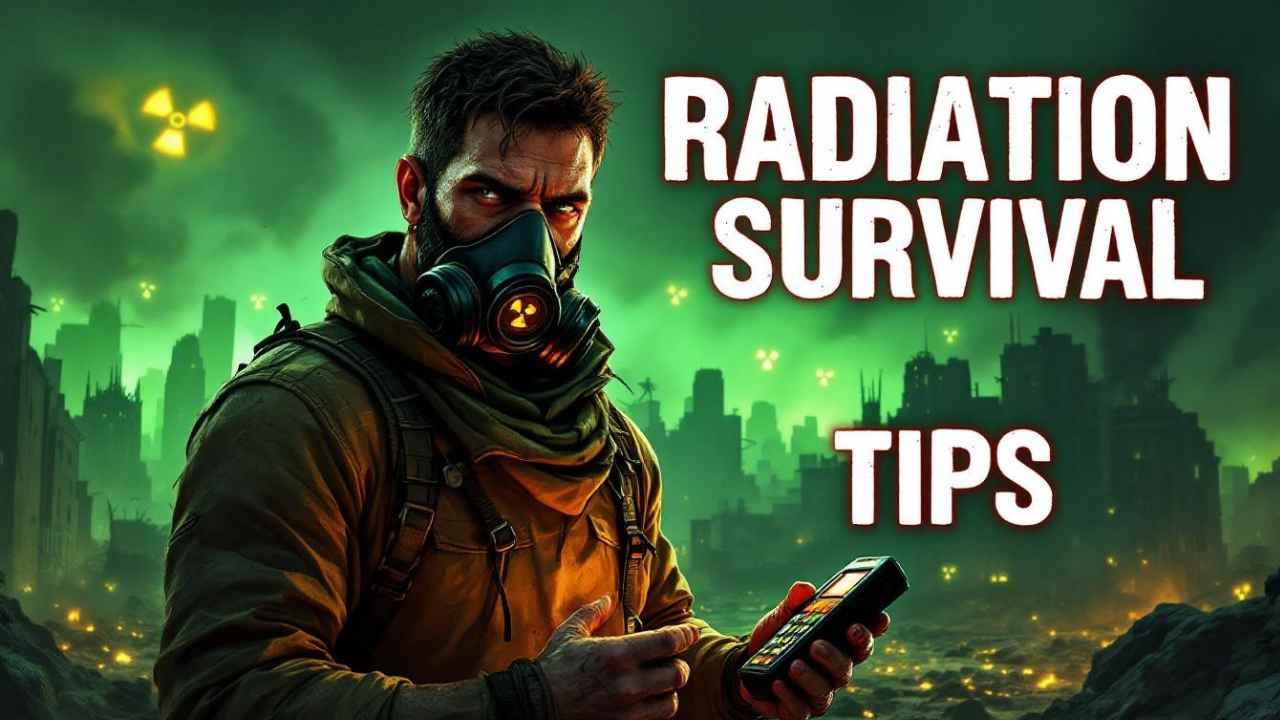Bug In vs Bug Out
This is a question often heard discussed in the prepper crowd. In fact, it’s a common decision facing many during a localized disaster, which occurs much more frequently than TEOTWAWKI (The End of The World As We Know It) type events often pondered when discussing this particular topic. In this article, I’ll take a look at which is best and for what situation it makes the most sense bug in or bug out.
As we move into the discussion it’s important to recognize like most things when talking about preparation and survival that every situation represents unique circumstances, complications, and variables that should be weighed in the AIM (Assess, Inventory, Manage) and DMP (Decision Making Process). Regardless, my hope is that I can outline a good general guide of considerations as you continue to develop your family’s crisis action plan.
Amazon Disclaimer: We provide affiliate links to amazon products when appropriate to the content discussed. These links help to fund our effort to bring quality information to the Modern Warrior Project community.
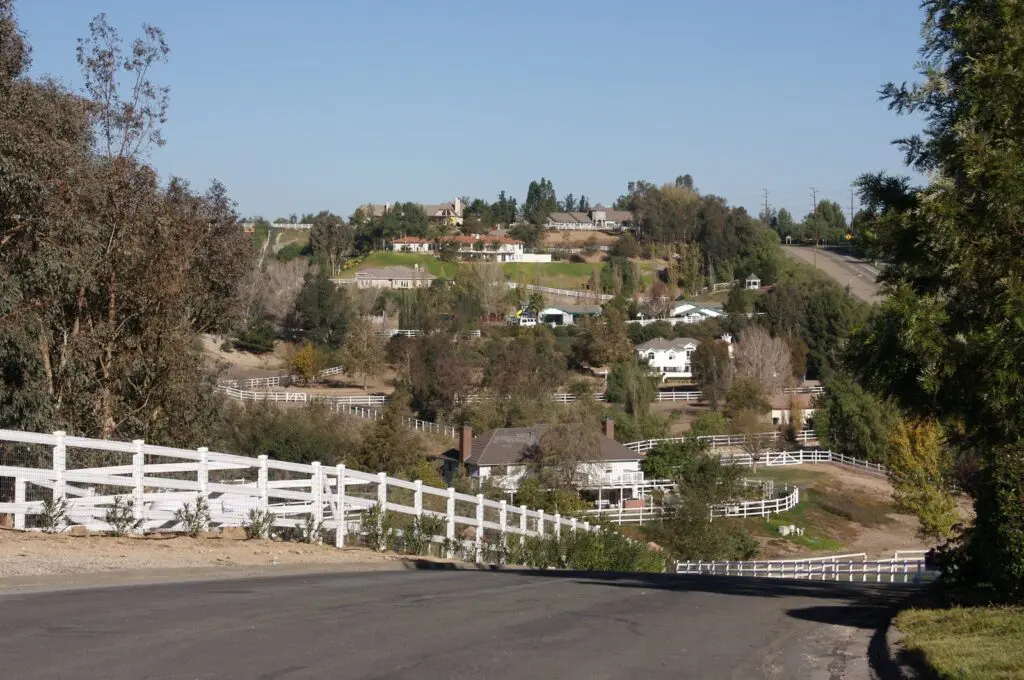
BUG IN
Let’s go ahead and clarify terms for any potential newcomers to the prepping world. Bug in is simply a term used to describe hunkering down in place (typically your personal residence) to wait out a disaster of sorts. The disaster could be any type of emergency situation that causes disruption to the populace, such as a local natural disaster to national level civil unrest. You get the idea.
BUG OUT
Bug out as you probably have guessed is the term used for evacuating to a safer location to ride out the proverbial storm. In most cases, it would be leaving your typical residence and relocating elsewhere indefinitely.
NOTE: If you do ‘Bug out’ once you reach your new place of shelter you then essentially enter into a ‘bug in’ condition. It’s all wordplay at this point but does have its merit during some conversations.
Which is the right choice for me?

This is likely the most challenging question surrounding the topic, so let’s attack it first. The answer depends on many different factors. I’ll address some of the major points to take into consideration and you can certainly brainstorm with your loved ones and tailor it to your specific situation.
It’s worth stating here that I believe that everyone should have both plans in place due to the fact that not every emergency situation is the same, and simply applying a generic template across the board would be a mistake. For instance, following along with your bug in plan despite the fact you’re in a radiation hot zone would be a deadly decision.
So How Do I Decide?
First Off, I highly recommend brainstorming all the various events that constitute a disaster situation that would require a decision of bugging in or out. From there work a disaster preparedness plan that addresses actions for each one. One of those actions should be whether or not to bug in or bug out.
A few event types you should consider are:
- Any natural disasters your respective region is prone to (such as tornados, hurricanes, forest fires, etc…)
- Economic Collapse
- Civil Unrest (local and national)
- Homeland War
- Nuclear Plant Meltdown
- Super Pandemic
As you consider your emergency plan for each of these situations you need to objectively look at which option (Bug in/Bug out) will likely afford you the highest survival probability and make that your primary choice. It’s is likely that you may even have both as an option based on certain criteria within the specific disaster. A good example would be a hurricane is forecasted and projected to hit your area. Due to your home construction and provisions, you determine that riding out a category three is acceptable but a category four is a condition to evacuate (bug-out). Furthermore, you determine that regardless of the category that it is too dangerous to attempt an evacuation when the storm is within x number of hours of striking your location, so you mark your final decision time on the topic accordingly.
As you continue to incorporate disaster preparedness and prepping into your lifestyle you’ll likely continue to refine and improve on these plans. That’s great, and you’ll most likely learn a good bit along the way through the experience. Nothing like riding out a storm and realizing you don’t have (insert whatever here) to encourage you to relook your emergency plan. The one thing you don’t want to do is start from scratch during an actual survival situation, so plan now and review it often.
What is a Bug Out Situation?

As I said above bugging out is appropriate for any situation that your odds of survival are better off to evacuate your current shelter. For the most part, I much prefer the option of bugging in as my home is where the vast majority of my supplies (food, water, weapons, etc…) are located. Even so it may not always be the best option. The easiest scenarios to designate as ‘bug out’ are those which have a notable and direct impact on your home location. This would be something such as a big storm predicted to hit you. The more challenging survival type scenarios are the larger scale ones such as an total economic collapse.
In these type of scenarios you have to weigh a lot of different variables in your decision. Some such variables might be
- Do you live in a relatively dense (urban) population (in general urban centers are going to be more dangerous)
- Do you have a good bug out location (eg. own a cabin somewhere)
- Do you have a strong trusted network (home or elsewhere)
- How dangerous is the travel time (for bugging out in a crisis, rather than pre-emptively)
These and many other considerations will ultimately provide you the answers needed to determine whether any given event should be considered bug in vs bug out.
Bug Out Location
Technically you could bug out with no predetermined destination. Technically doesn’t mean it’s ideal. In fact it would be a worst case scenario. Many people had this experience during hurricane Katrina as the danger level became too much and they were forced to leave thier homes with no plan in place. It’s important to recognize that bug out should always be a planned contingency, regardless of how well prepared your prepper palace is to ride out the storm. In fact I highly reccomend you have at least three predetermined bug out locations as part of your emergency preparedness plan.
By having multiple options you have more flexibility to better adapt to a yet unknown event. It’s all about prepping and minimizing last minute decisions as best you can.
There are a lot of considerations that should go into selecting your bug out location, in fact so many that I will likely write an in depth article on the topic in the future. In the meantime I’ll lay out a few to get you thinking in the right direction.
Budget: Do you own or can you afford to buy other properties? Of course the more the merrier, but very few of us have that kind of budget. Nonetheless it is of course ideal to own a second (or more) survival shelter at a bug out location. One worthy note here are timeshares and the like. These are great for localized disaster bugging out such as evacuating for a storm, but I would not consider them as an option (at least not a primary one) for TEOTWAWKI type events.
Network: Do you have family or a strong friend network at a different location that would take you in during a SHTF situation? These can both be local and relatively distant. In fact both would be great as they allow more flexibility of choice for you.
Location: Ideally you want to have a variety of locations spread across the country. This variety allows you better choices if the scenario has location based problems.
Geographical Makeup: It’s also great if your locations can offer unique geography such as ocean front/inland, colder climate/warmer climate, high elevation/low elevation, etc… Once again this is just one more area of variety that could potentially contribute to a better decision per a given crisis.
Of course it’s not reasonable to think the average person is going to have the perfect setup, but understanding what the best setup looks like will allow you to find the closest solution on a per crisis basis. You will likely have a few good options and rank them accordingly. From there you plug in your best choice where it fits and move down to second, third, etc… as needed when reviewing each scenario.
Actually Bugging Out
It’s critical to also plan out the actual event of bugging out. Simply having a location to go to is not enough to offer you the best odds of survival. You need to map out the process as well. What do you take, who does what, drop dead timelines etc… I don’t want to vere off too far from topic, but I do want to note here that you should certainly have prepacked bug out bags for your entire family, and if you own a second shelter you should have it prestocked as well.
As you can see there is quite a bit of planning that goes into an emergency plan, but don’t let it intimidate you. Take it one step at a time initially hitting the big points and then continually refine your plan. Over time you’ll have a well-established procedure to follow for any given survival situation you may find yourself in.
Do you have some tips, or experience with bugging in or bugging out? Share them with us in the comment below.







